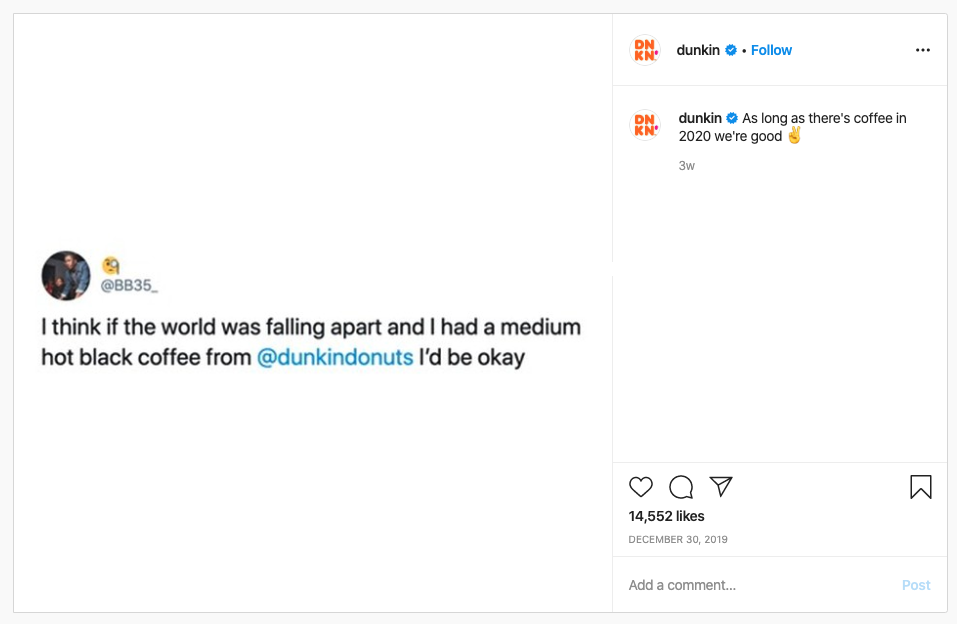How To: Social Media Marketing in the Restaurant Industry
3 Min Read By Ben Baggett
We get it, you’re busy. The idea of using social media marketing to attract customers, all the while managing inventory and payroll, can be exhausting.
But millennials and Gen-Z are quickly becoming the largest generation, overtaking baby boomers in 2019. And one thing we know about those 35 and younger – they love social media.
Checking into restaurants, tagging beautiful platings, and sharing their experiences with friends and family. #youvegottotrythisplace #amazingfood
But it’s not just millennials and Gen-Z. Social media has become an ingrained part of our digital lives. From checking the news to endlessly scrolling Facebook, an average of 153 minutes is spent on social networks every day.
If you don’t have a social media strategy for your restaurant, you’re missing out on potential revenue. A well-thought-out social media marketing strategy can earn you additional customers and increase your overall income.
But how do you get started? And with what networks?
Although there is no foolproof plan, generally starting with Facebook and Instagram will give you a good base for customer service, branding, and loyalty building contests/discounts.
First Steps for Your Restaurant Social Media
Just getting your restaurant’s business page started on social media? Make sure important information like your hours and phone number are readily available in the contact information. Don’t make patrons work to find out more information.

Facebook also allows you to add multiple locations if your business has expanded. Check out how Slim Chickens has listed all locations on their Facebook Business Page.

Other things to consider when you first set up your page include:
- Call to action button – Adding a button to your Facebook page that directs users to your menu, reservation page, or online ordering system.
- Reviews – Allowing patrons to leave reviews and star ratings on your page. (88% of people surveyed said reviews play a large part in their buying decisions.)
- Upload a menu – To make your menu even more accessible, think about adding it directly to your Facebook page.
How to Approach Social Media
Before you ever start posting to your Instagram, Facebook, or Twitter, take some time to review your branding. Large franchises will typically have brand standards, but as a small business owner, you probably don’t.
What’s your brand? It’s not just your logo, but also the way you speak to your audience and the imagery you use.
Think about what your patrons like. Do they like bright, bold colors like Dunkin’ Donuts? Or should you tone it down? And what tone of voice do they prefer?
What to Post
Treat social media similar to real-life conversations. You wouldn’t go up to a group of strangers and start talking about yourself. Rather, you’d probably engage them in a discussion about their views or thoughts on a subject. Social media should mimic this. Sprinkle in promotional material every so often. Marketers tend to suggest 1 promotion for every 8-10 posts.
Here are a few ways you can interact with your audience:
-
User-generated content – Use quotes or images from your audience (with permission of course)

- Ask questions. There’s no way to know what you’re audience and patrons are thinking if you don’t ask them. Use social media to engage in conversations around your food, menu, location, and specials.
- New product posts.Have a new product that you’re trying out? Post to social media and get a better idea of what people are thinking. It’s also a great way to build buzz around your brand.
The saga continues… January 30th. pic.twitter.com/UWURIVaXeM (@tacobell) January 9, 2020
What Next?
No matter which platform you decide to start using, it’s important you have a game plan in place for 2020. Potential revenue is on the table and you can’t let that go to waste.
Don’t just start posting because you feel you have to. Take the time to review your strategy and find your brand. Understand what your patrons like/want and use user-generated content. With a solid plan in place and consistent posting on your pages, you’ll start to see the benefits of using social media marketing in your restaurant.


